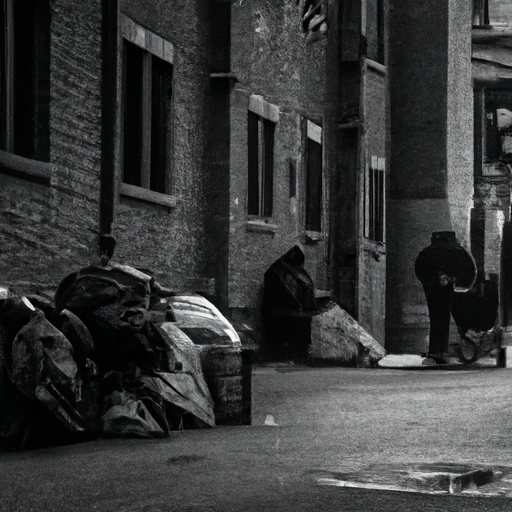The Opioid Crisis in Canada: A Closer Look at Decriminalization Efforts
Hello, dear readers! I’d like to invite you to join me as we explore a crucial and sensitive topic that’s been making the headlines recently—the opioid crisis in Canada and the debate surrounding potential solutions. We’re discussing an interesting piece from the Philippine Canadian Inquirer that highlights the complexity of this issue.
H2: The Failure of Half Measures
While efforts to address the opioid crisis are laudable, the article suggests that current decriminalization strategies simply aren’t enough. Decriminalization is one approach to combat the opioid crisis, aiming to reduce harm and systemic discrimination that result from criminalizing drug use. However, its implementation in the real world has seen mixed results.
It’s critical to understand the difference between decriminalization and legalization. Decriminalization does not encourage drug use, but it does aim to change the punitive approach to one of public health and harm reduction. Legalization, on the other hand, manages and regulates the production, sale, and use of drugs.
H2: Impact of Opioid Crisis on Vulnerable Populations
One visible footprint of the opioid problem is its impact on vulnerable sections of society, particularly the homeless population. By forcing drug use into the shadows, criminalization exacerbates precarious living situations. Homeless populations are, not surprisingly, disproportionately affected by overdoses. Decriminalization could provide needed resources readily available to this segment of the population.
H2: Naloxone and the Need for Comprehensive Measures
Emergency response strategies like naloxone distributions for overdose have undoubtedly saved lives, but they can’t be the only solutions offered. Naloxone is a medication designed to rapidly reverse an opioid overdose. It’s an essential tool in the fight against the opioid crisis, but it’s a reactive approach addressing the immediate crisis, not the underlying issues driving drug use.
As the article emphasizes, half measures like these, while beneficial in the short-term, can’t replace a comprehensive strategy or the need for systemic changes. Here are the key points to consider:
- Decriminalization is a step in the right direction but can’t combat the opioid crisis alone.
- The opioid crisis disproportionately affects the homeless population, linking the need for systemic changes in housing, mental health services, and other social determinants of health.
- Naloxone is a critical lifesaver in the face of an overdose, but its role is reactive. A focus on proactive measures is essential.
H3: Ongoing Debates and Future Solutions
There are still many debates surrounding how best to approach the opioid crisis, with some advocating for legalization as the next step beyond decriminalization. This would permit a regulated drug scene, which could potentially minimize illegal drug traffic and consequently reduce drug-related crime and violence.
Conclusion
The opioid crisis indeed presents a complex challenge requiring a multifaceted approach. While emergency responses and support measures like naloxone and decriminalization have essential roles to play, it’s also critical that we address the root problems—including homelessness and socio-economic inequities—that contribute to the crisis. It’s a task requiring political will, time, resources, and above all, empathetic understanding and respect for all those affected.
Remember, in confronting the opioid crisis, there are no easy answers, but a comprehensive, inclusive approach guided by empirical evidence and thoughtful discussion is a critical starting point.


